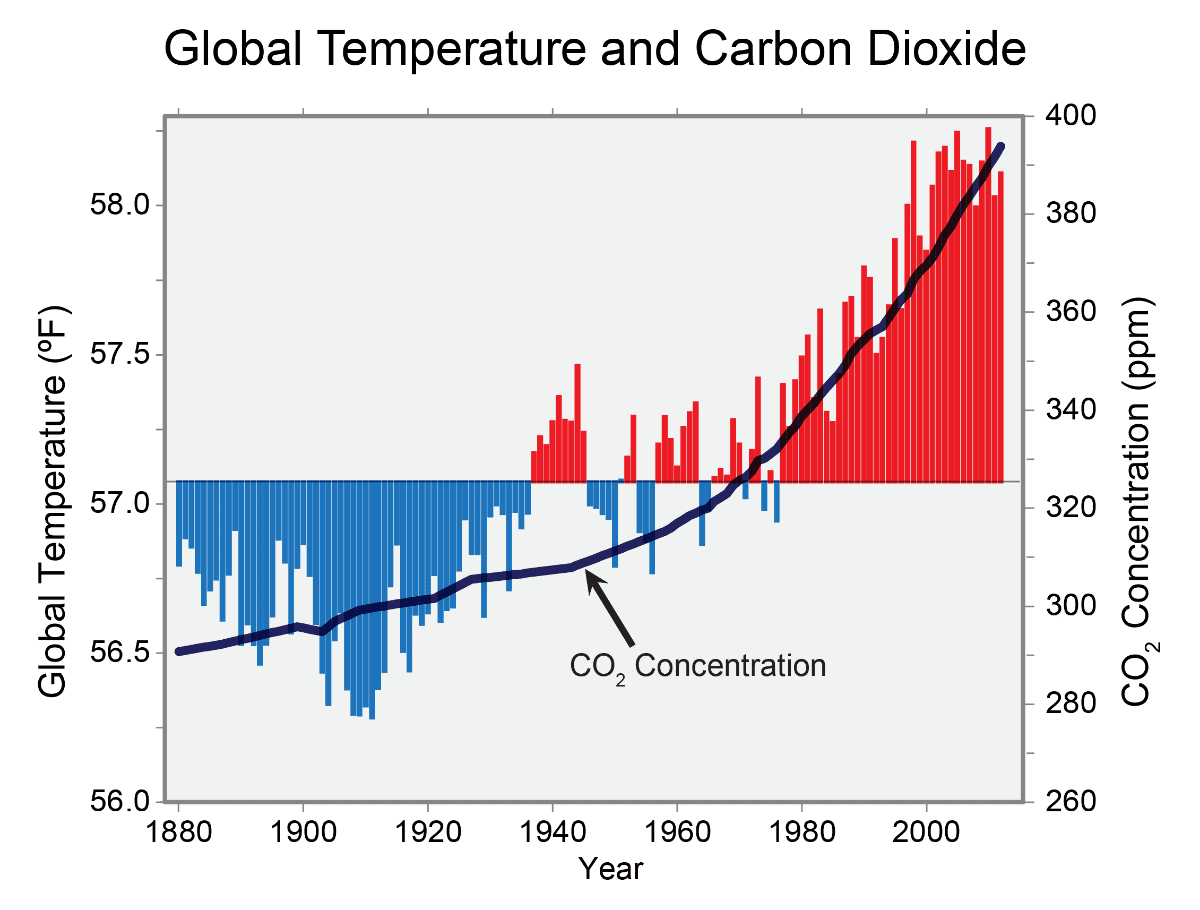 Image courtesy of USGCRP
Image courtesy of USGCRP
The USGCRP Report Explained
Last week, the White House released a 1,600 page report by the U.S. Global Change Research Program (USGCRP) on the significant threats of climate change to the United States. It is the second volume of the fourth assessment in its series mandated by Congress, and comes just a month after the groundbreaking report issued by the Intergovernmental Panel on Climate Change (IPCC). In contrast to the IPCC which is comprised of hundreds of international scientists, the USGCRP is a federal organization composed of 13 federal agencies.
Those agencies include:
- Department of Agriculture
- Department of Commerce
- Department of Defense
- Department of Energy
- Department of Health and Human Services
- Department of the Interior
- Department of State
- Department of Transportation
- Environmental Protection Agency
- National Aeronautics and Space Administration
- National Science Foundation
- Smithsonian Institution
- U.S. Agency for International Development
Below is a brief summary of some key takeaways from the USGCRP Fourth National Climate Assessment:
Climate change is occurring now, the impacts are expanding, and those impacts are hurting the U.S. economy. The current rate of warming could cost the U.S. $500 billion annually, resulting in virtually double the economic hit of the Great Recession. The report states, “With continued growth in emissions at historic rates, annual losses in some economic sectors are projected to reach hundreds of billions of dollars by the end of the century—more than the current gross domestic product (GDP) of many U.S. states.”
In addition to economic costs climate change also comes with human health concerns. Rising temperatures pose serious human health risks such as heat stress and poor air quality conditions. Additionally, the heating of the planet expands the range of mosquitos and tics that carry health-threatening diseases. The warming temperatures and resulting drought conditions have also increased the size and scope of wildfires. In 2015, over 10 million acres of U.S. land were burned, the highest level ever recorded since documentation began in the 1960’s. California, for example, just experienced the deadliest wildfires the state has ever seen.
The report found rising carbon emissions are largely responsible for climate change and transitioning off fossil fuels is critical to combat the worst impacts. The good news is that renewable energy is becoming increasingly cost competitive and popular. Many nations around the world such as Costa Rica and Spain are transitioning towards renewable energy. Some individual states in the U.S. have also set their own ambitious renewable energy goals for the coming decades. Hawai’i and California have both pledged to reach 100% renewable energy by 2045.
The USGCRP report is more than just another dire climate change assessment. This report was produced by some of the highest governing agencies in the U.S. under the Trump administration. Simply ignoring climate change or searching for scapegoat excuses is no longer possible. Many countries around the word, even some individual states in the U.S., have taken their own measures to achieve ambitious renewable energy goals. It is time for the U.S. federal government and all international governments to shift away from fossil fuels and strive for carbon zero before it is too late.





